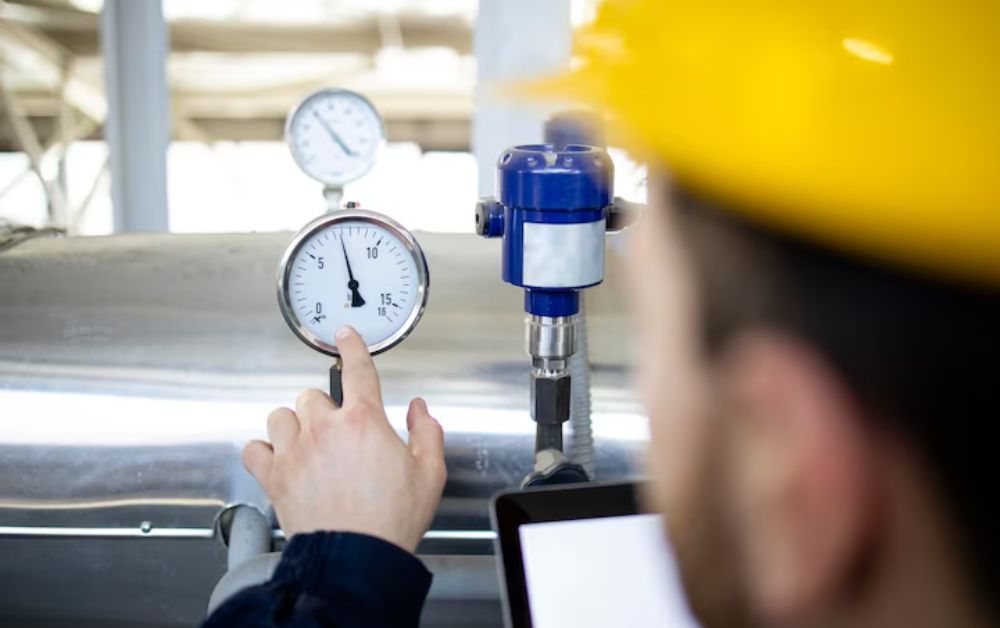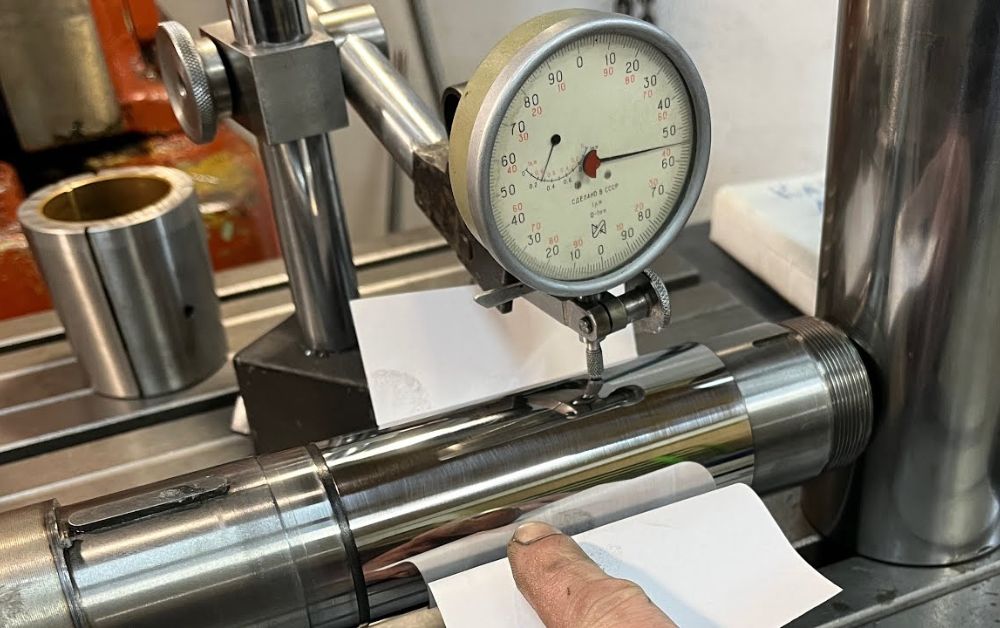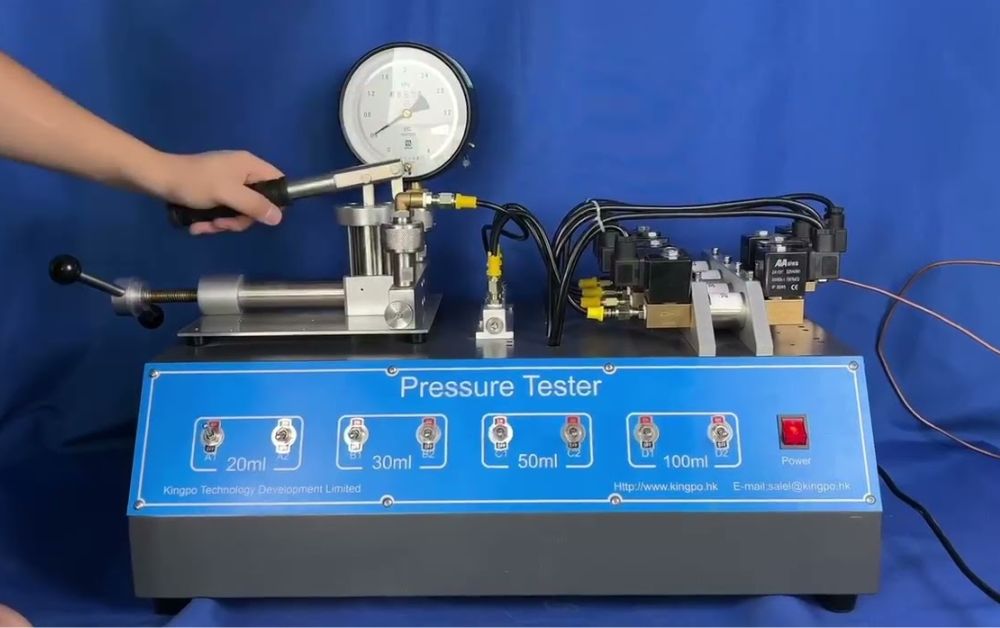Pressure testing is a crucial process used in various industries to ensure the integrity, safety, and performance of different equipment, systems, and pipelines. By applying pressure to a vessel or component and observing its behavior, pressure testing helps detect leaks, weaknesses, or potential failures that could lead to serious accidents or inefficiencies. This process is especially important in sectors like construction, oil and gas, automotive, and manufacturing. There are several different types of pressure testing, each designed for specific applications and requirements.

What is Pressure Testing?
Pressure testing is the procedure where a specific pressure is applied to a system, component, or pipeline to check its ability to withstand that pressure without failure. It helps to identify leaks, weaknesses, and possible deformities in the structure. The test is usually carried out with liquid or gas, depending on the test’s requirements and the material involved. It is an essential quality control measure to ensure that the equipment or system will perform safely under normal working conditions.
Different Types of Pressure Testing
1.Hydrostatic Pressure Testing
Hydrostatic pressure testing is one of the most commonly used pressure testing methods. In this method, water or another liquid is used as the test medium to check the integrity of pipelines, tanks, or other vessels. Water, being incompressible, is ideal for this test because it provides a steady, measurable force.
Advantages:
- High accuracy in detecting leaks.
- Safe and cost-effective, especially for systems that can hold water.
- Suitable for testing large vessels or systems.
Applications:
- Oil and gas pipelines.
- Water systems.
- Pressure vessels in manufacturing plants.
2.Pneumatic Pressure Testing
Pneumatic testing involves the use of gas, often air or nitrogen, to pressurize a system. This method is generally used when the system cannot hold liquids or if water contamination is a concern. Pneumatic testing is faster than hydrostatic testing but involves higher risks due to the compressibility of air.
Advantages:
- Faster testing as compared to hydrostatic testing.
- Ideal for systems that are sensitive to liquid or require air-tight testing.
Applications:
- Aerospace components.
- Gas pipelines.
- HVAC systems.
3.Leak Testing
Leak testing involves subjecting a system to pressure to identify small leaks that may go unnoticed in other types of tests. This can be done through various methods, including visual inspection or using specialized equipment like mass spectrometers or ultrasonic devices to detect leaks at a microscopic level.
Advantages:
- Useful for finding small leaks that could otherwise remain undetected.
- Non-destructive and can be performed on finished products.
Applications:
- Automotive industry (fuel systems, air-conditioning).
- Medical devices (ensuring seals and containers are leak-free).
- High-precision equipment.
4.Burst Testing
Burst testing is used to determine the maximum pressure a system can handle before it fails or ruptures. In this test, pressure is gradually increased until the component fails, helping to determine its safety limits. It is typically used for pressure vessels and pipes that need to meet stringent safety standards.
Advantages:
- Provides valuable information about the material’s durability and breaking point.
- Ensures that the component can withstand extreme pressure without failure.
Applications:
- Pressure vessels.
- Hydraulic systems.
- Pipelines in extreme environments.
5.Proof Testing
Proof testing is a process used to check the strength of a material or component by applying a specific pressure without causing permanent deformation or failure. The goal of proof testing is to verify that the system can withstand normal operating pressures.
Advantages:
- Provides confidence in the system’s operational safety.
- Often used as part of the final inspection before a product goes to market.
Applications:
- Industrial equipment.
- Structural components in buildings and bridges.
- Medical equipment.

Conclusion
Each type of pressure testing serves a unique purpose, with applications varying based on the specific needs of the system being tested. From Pressure Test Dubai to hydrostatic, pneumatic, and burst testing, these methods play a crucial role in ensuring safety, performance, and longevity in industrial systems. If you’re looking for reliable pressure testing services, Raysun Techno Industries LLC provides advanced testing solutions that meet industry standards. Their expertise in conducting comprehensive and precise pressure testing ensures that your systems are safe and operational, giving you peace of mind in their reliability and durability.

